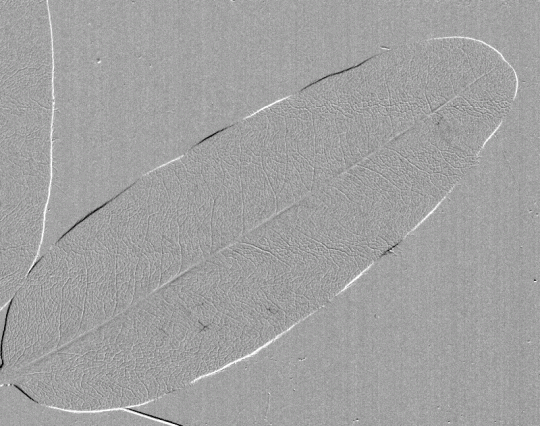Drought represents a major abiotic constraint to plant growth and survival. On the one hand, plants keep stomata open for efficient carbon assimilation while, on the other hand, they close them to prevent permanent hydraulic impairment from xylem embolism. The order of occurrence of these two processes (stomatal closure and the onset of leaf embolism) during plant dehydration has remained controversial, largely due to methodological limitations. However, the newly developed optical visualization method now allows concurrent monitoring of stomatal behaviour and leaf embolism formation in intact plants. We used this new approach directly by dehydrating intact saplings of three contrasting tree species and indirectly by conducting a literature survey across a greater range of plant taxa. Our results indicate that increasing water stress generates the onset of leaf embolism consistently after stomatal closure, and that the lag time between these processes (i.e. the safety margin) rises with increasing embolism resistance. This suggests that during water stress, embolism-mediated declines in leaf hydraulic conductivity are unlikely to act as a signal for stomatal down-regulation. Instead, these species converge towards a strategy of closing stomata early to prevent water loss and delay catastrophic xylem dysfunction.

Xylem embolism in leaves does not occur with open stomata: evidence from direct observations using the optical visualization technique
Download Article
Creek, D., Lamarque, L. J., Torres-Ruiz, J. M., Parise, C., Burlett, R., Tissue, D. T., & Delzon, S. (2020). Xylem embolism in leaves does not occur with open stomata: Evidence from direct observations using the optical visualization technique. Journal of Experimental Botany, 71(3), 1151–1159. https://doi.org/10.1093/jxb/erz474
